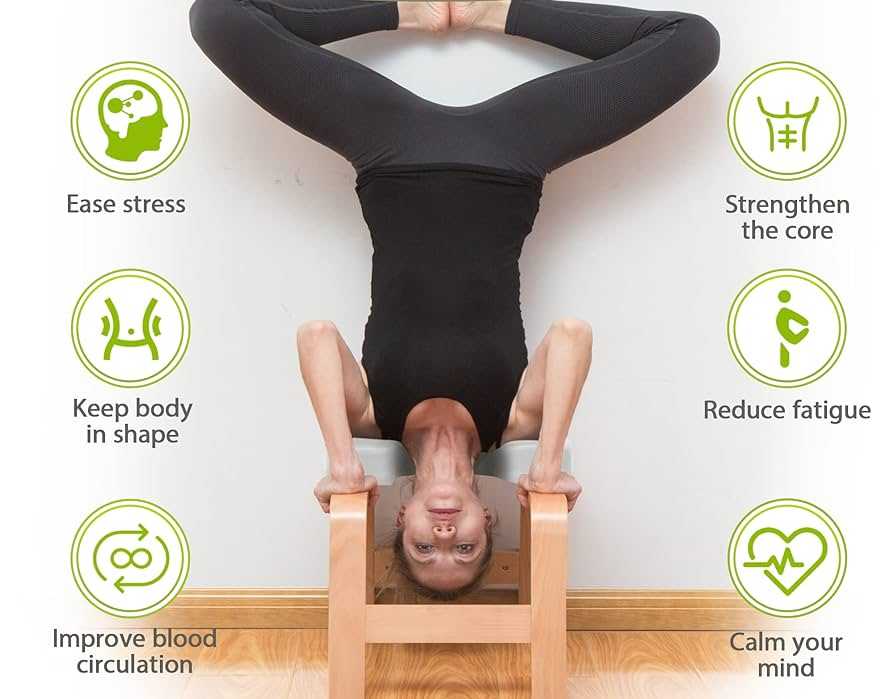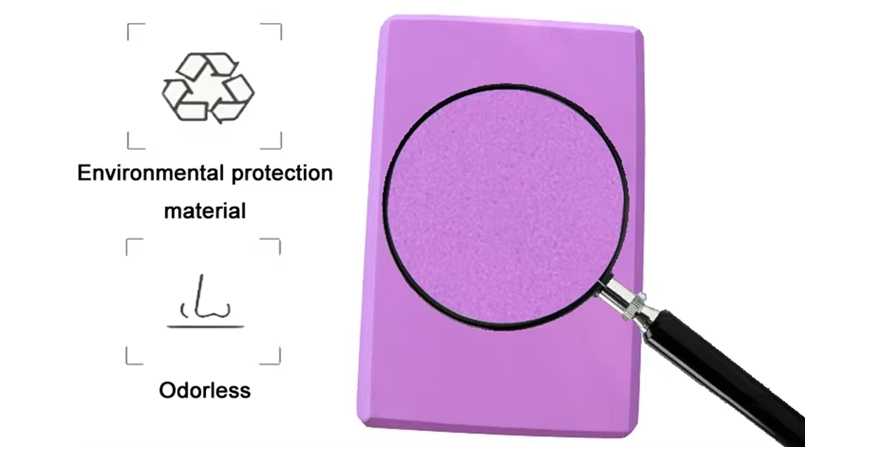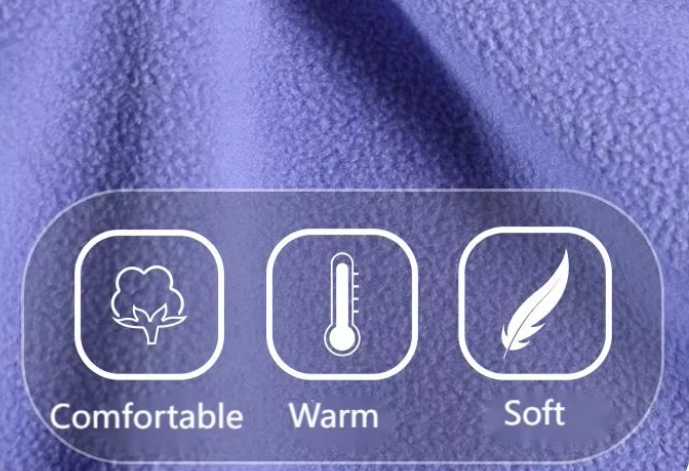Yoga props like mats, straps, and bolsters make your practice easier and safer. They provide support, help you stretch more comfortably, and keep your body aligned, so you can enjoy yoga without strain or discomfort.
✅ Yoga Mats Provide Cushioning and Help Prevent Slipping

Yoga mats play an essential role in enhancing both comfort and safety during yoga practice. They provide a cushioned surface that supports the body, reducing the impact on joints, knees, elbows, and the spine—especially during poses that require kneeling, balancing, or lying down. This cushioning allows practitioners to focus on posture and breathing without discomfort or distraction.
Beyond comfort, yoga mats are designed to prevent slipping. The textured surface increases traction between the mat and the user's hands and feet, minimizing the risk of injury caused by sliding during dynamic movements or sweaty sessions. This grip is especially important for maintaining stability in poses like Downward Dog or Warrior, where balance and alignment are key.
Additionally, yoga mats create a defined personal space, helping practitioners stay centered and grounded throughout their practice. Many modern mats are made from eco-friendly materials such as TPE, natural rubber, or cork, which offer durability, easy cleaning, and excellent anti-slip properties. Whether used in a studio, at home, or outdoors, a quality yoga mat ensures a safer, more comfortable, and more focused yoga experience.
✅ Yoga Belts (or “Straps”) Can Help You Get Into Stretching Poses You Might Not Otherwise Be Able to Do

Yoga belts, also known as yoga straps, are simple yet powerful tools that enhance flexibility, alignment, and safety during yoga practice. They are especially helpful for beginners or anyone working to deepen their stretches and improve posture. By extending your reach, yoga belts allow you to get into poses that might otherwise feel difficult or inaccessible—such as seated forward bends or leg stretches—without straining your muscles or joints.
When used properly, a yoga belt provides gentle resistance and support, helping you maintain correct form and alignment while gradually increasing flexibility. For example, in poses like *Paschimottanasana* (Seated Forward Bend) or *Supta Padangusthasana* (Reclining Hand-to-Big-Toe Pose), the strap acts as an extension of your arms, allowing you to hold your feet comfortably and stretch safely.
Beyond stretching, yoga belts are also useful for improving stability and strength in poses that require precise positioning. They help practitioners build body awareness and prevent overextension, reducing the risk of injury. Available in materials like cotton, nylon, or eco-friendly hemp—with features such as adjustable buckles—yoga belts are versatile accessories that support practitioners at every level, from beginner to advanced.
✅ Yoga Chairs Can Help People With Limited Mobility Perform Certain Poses

Yoga chairs are specially designed props that make yoga more accessible, particularly for people with limited mobility, balance issues, or physical challenges. They provide a stable and supportive base, allowing practitioners to safely perform a wide range of yoga poses—both seated and standing—without straining their joints or risking injury.
By using a chair, individuals can modify traditional poses to suit their comfort level and physical ability. For example, seated twists, forward bends, or supported backbends can be performed with the chair's back or seat providing balance and alignment assistance. Even standing poses like Warrior or Triangle can be practiced with a chair for added stability, helping users maintain posture and build strength gradually.
Yoga chairs are especially valuable in therapeutic, restorative, and senior yoga practices. They encourage proper alignment, improve circulation, and allow for mindful movement, even for those recovering from injury or managing chronic conditions. Many yoga chairs are foldable and designed with a sturdy frame to ensure safety during transitions and stretches.
We are committed to delivering exceptional support and
top-tier service whenever you need it!
✅ Yoga Blocks (or “Yoga Bricks”) Can Help With Strengthening or Keeping You in a Pose

Yoga blocks, also called yoga bricks, are versatile tools that enhance both strength and stability during practice. They are designed to bring the floor closer to you, making poses more accessible while improving alignment and balance. Whether made from foam, cork, or wood, yoga blocks offer firm yet comfortable support, helping practitioners of all levels perform poses safely and effectively.
One of the key benefits of yoga blocks is their ability to assist with strength building. By providing extra height or support in standing poses like Trikonasana (Triangle Pose) or Ardha Chandrasana (Half Moon Pose), blocks engage muscles more deeply, improving endurance and body control. They can also be used in arm balances or core exercises to increase resistance and challenge stability, enhancing overall strength and coordination.
In addition to strengthening, yoga blocks help practitioners hold poses for longer with proper form. For example, in Setu Bandhasana (Bridge Pose), placing a block under the sacrum allows for a supported variation that relieves pressure on the lower back while maintaining posture. Similarly, during restorative yoga, blocks can be used to gently open the chest, hips, or shoulders for deeper relaxation.
✅ Yoga Bolsters Provide Comfort and Correct Posture

Yoga bolsters are supportive cushions designed to provide comfort, enhance alignment, and encourage relaxation during yoga practice. They are most commonly used in restorative, prenatal, and yin yoga, where maintaining poses for extended periods requires extra support. Filled with firm cotton, foam, or natural fibers, bolsters help reduce strain on the muscles and joints, allowing the body to fully release tension and breathe more deeply.
One of the primary functions of a yoga bolster is to promote correct posture. When placed under the spine, knees, or hips, it helps maintain proper body alignment and prevents overextension. For example, placing a bolster under the knees during Savasana (Corpse Pose) relieves lower back tension, while using it beneath the chest in Supported Fish Pose gently opens the heart and shoulders. This kind of support helps practitioners hold poses comfortably, fostering relaxation and mindfulness.
In addition to improving posture, bolsters aid in deep stretching and restorative recovery. They can be used to elevate certain body parts to improve circulation or to gently ease the body into more challenging positions. Many yoga bolsters come in round or rectangular shapes, each offering unique advantages—round bolsters provide more height and chest opening, while rectangular ones offer stable, flat support.
✅ Yoga Blankets Are Used for Alignment and Warmth

Yoga blankets are versatile props that serve multiple purposes in a yoga practice, primarily providing alignment support, cushioning, and warmth. They are typically made from soft, durable materials such as cotton or wool and can be folded or rolled to create extra support where needed.
For alignment, blankets can be used to elevate the hips in seated poses like Sukhasana (Easy Pose) or Padmasana (Lotus Pose), helping to maintain a straight spine and reduce strain on the lower back and hips. They can also be placed under the knees, neck, or shoulders in various poses to correct posture and provide gentle support, making stretches more accessible and comfortable.
In addition to alignment, yoga blankets are excellent for cushioning and protection. They can soften hard surfaces, protect sensitive joints, and add stability in poses that require balance. In restorative or yin yoga, folded blankets can be used to support the body in long-held poses, promoting relaxation and preventing discomfort.

Talk To Our Experts
Connect with an NQ expert to discuss your product needs
and get started on your project.
✅ FAQs About Yoga Pros
Which props should beginners start with?
Beginners should start with a non-slip yoga mat, a pair of yoga blocks, and a yoga strap. These items help maintain stability, assist with stretching areas that are difficult to reach, and improve alignment, making it easier and safer to practice yoga from the very beginning.
How do I choose the right yoga mat?
When selecting a yoga mat, consider its thickness (4–6mm is common and balances cushioning with stability), texture and grip for slip-resistance, material (natural rubber, TPE, or PVC), portability, and ease of cleaning. People with sensitive joints may benefit from a slightly thicker mat to reduce pressure on knees and wrists.
How should yoga props be cleaned and maintained?
Yoga mats can be wiped with a mild detergent or a specialized mat spray and air-dried. Foam blocks and fabric props can usually be hand-washed or machine-washed according to the care label. Cork and natural rubber items should be kept out of direct sunlight, aired regularly, and replaced if they show signs of wear or odor.
When should I use yoga blocks?
Blocks can be placed under your hands, hips, or spine to bring the floor closer, support balance, and maintain proper alignment. They can also increase difficulty in some poses, such as balancing on one leg. Blocks come in foam, cork, or wood, and the choice depends on the desired firmness and stability.
What are the benefits of yoga bolsters?
Yoga bolsters are ideal for restorative and prenatal yoga. Placing a bolster under your knees, lower back, or chest supports proper posture, reduces pressure on joints, and allows for longer holds in poses. They also help deepen breathing and relaxation while maintaining safe alignment.
Post time: Nov-13-2025
